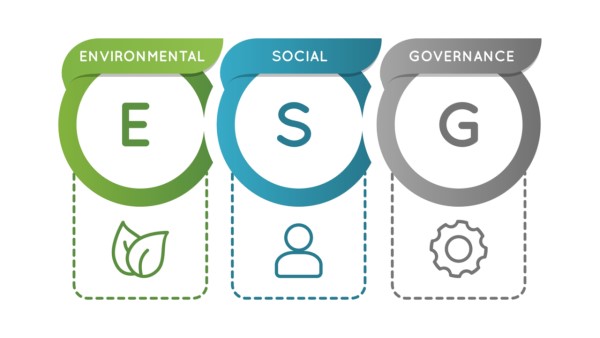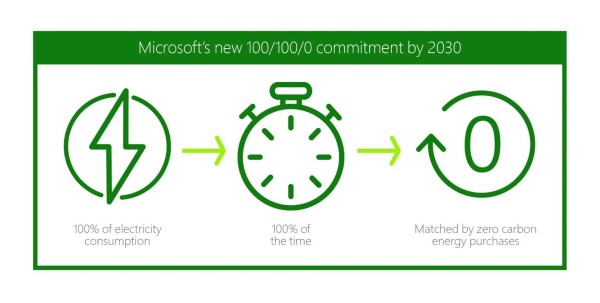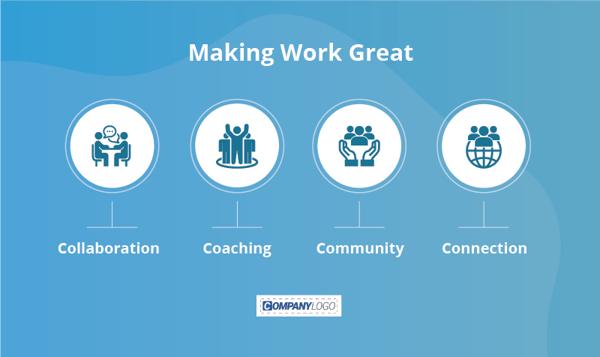
The days of workers just turning up and collecting a paycheck have gone. Today’s employees want work that feeds their soul as well as their wallet.
Working with purpose has become a major concern for employees, particularly those in younger demographics. Millennials and Gen Z staff don’t only expect the places they work to take a positive stance on societal issues – it will heavily influence where they choose to work.
ESG (Environmental, Social & Governance) is no longer a ‘nice-to-have’ – it’s a fundamental part of an organization’s brand. Almost two-thirds of people are more likely to work for a company with strong environmental policies.
As Rupert Younger, founder of the Centre for Corporate Reputation at Oxford University, says, “Purpose does not come at the expense of profitability but, in many cases, drives outperformance”.
HR Managers who effectively promote what the organization is doing around ESG will win the hearts and minds of employees. But how they can they achieve this?

What is Corporate ESG?
ESG refers to an organization’s commitment to Environmental, Social and Governance concerns. Typically managed by Human Resources, ESG has become a specialized discipline in its own right.
So integral has this area become to corporate strategies that Gartner predict the Chief Purpose Officer will be the next major C-level role.
There’s growing evidence that organizations are now walking the talk. Corporate sustainability reports and environmental goals have been set by many of the world’s largest companies. One-third of Europe’s largest public companies have pledged to be carbon neutral by 2050.
The pace of change is reflected in workplace social policies. Businesses continue to promote diversity and inclusion (D&I), ensuring equal rights for all employees and zero tolerance for discrimination.
Some of world’s largest companies are leading the way. Microsoft is working toward 100% renewable energy. Ford Motor Company is using 80% recycled materials for its leading vehicle brands. Google will use completely carbon-free energy by 2030.

Source: Environmental Leader
Why is ESG Important at Work?
People today have a stronger understanding of our place in the world. How what we do, and how we do it, directly impacts on the world around us. Positive change in the workplace can result in positive change for the planet.
But actions are often lagging behind expectations. More than 80% of UK office workers don’t believe their organizations are doing enough.
The changing makeup of our workplaces is accelerating these expectations. By 2029, Millennials and Gen Z will make up 72% of the world’s workforce. These generations place greater importance on environmental and social concerns – and will expect more from employers on these issues.

For employers, there’s much to be gained from having a robust corporate ESG strategy. Focusing on this contributes to increased employee engagement, greater corporate trust and higher staff retention.
McKinsey and Company report that positive social impact correlates with higher job satisfaction, and that when companies ‘give back’ employees react with enthusiasm.
Employee engagement can drop by one-third when workers are disappointed with their employer’s stance on important topical issues.
What does this mean for employers? Higher standards, policies and regulations to govern the way they operate their business. Greater responsibility for their overall supply chain. Increased participation in community initiatives. Workplace changes to reduce environmental impact.

How to Improve ESG Communications
A strong ESG policy is worthless if employees don’t get behind it. Increasing awareness of the organization’s commitments, and promoting employees’ role in them, are essential for the benefits to be realized.
The following four tips will help you construct an engaging ESG communication strategy.
1. Build employee advocacy
Have an environmental goal you’re working towards? A new waste reduction initiative? Or a commitment to gender and racial equality? Tell employees about it!
83% of workers say they would be more loyal to a company that helps them contribute to social and environmental issues.
Promoting your ESG initiatives to encourages employees to become brand advocates. Digital signage screens or even corporate screensavers can be used to display your ESG messages in a highly visible way that employees cannot miss.

2. Demonstrate leadership support
Positive and consistent backing from leadership increases the success of company initiatives. When employees see that leaders are behind something, they are more likely to do likewise.
This is even more pronounced when it comes to ESG issues. Three out of four employees expect their employer to take a view on current societal and political issues, according to Gartner.
Create a video of your CEO talking about why this area matters to them, what the organization is doing around it and how employees can get involved. Distribute this to all staff via video alert message to convey sincerity and foster buy-in.
3. Increase social credibility
Social networks today make it easy for employees to share their opinions with a click. Positive or negative sentiment can spread globally in minutes.
Half of all employees post about their company online. Reinforcing positive actions towards ESG issues strengthens an organization’s social credibility and makes it easier to attract good talent.
Post regular stories and share photos of employees living your ESG values on your employee communication app. Encourage interaction through likes, comments and shares.

4. Promote policy commitments
Having formalized ESG policies in place is a great start, but building them into the culture of the workplace helps bring them to life for employees.
Only 50% of organizations have a compelling ESG narrative in place. But sharing real world examples of why these types of policy are important helps employees connect with the issues.
Create an ESG communication plan which reminds staff where they can find helpful company resources, events which are coming up and how they can support them.
ESG communications encourage employees to expend discretionary effort at work, feel greater affinity with the business and publicly support the brand.
SnapComms is the leader in internal communications. Find out how our software supports your ESG program by speaking with one of our experts or exploring our platform.


